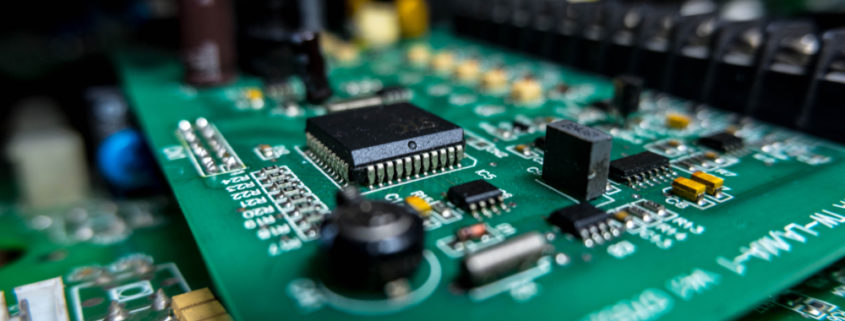ASIC Card Maintenance and Overclocking Tips
Application-Specific Integrated Circuit (ASIC) cards are critical components in industries that require optimized, high-performance computing. Whether used in cryptocurrency mining or specialized computing tasks, keeping your ASIC card in top condition can ensure peak performance and extend its life span. When done correctly, overclocking can also boost processing speeds and maximize efficiency. Here are some essential maintenance tips and strategies for overclocking your ASIC card safely and effectively.
Essential Maintenance Tips for ASIC Cards
Proper maintenance is key to ensuring your ASIC card performs optimally over its lifetime. Regular upkeep can prevent issues like overheating, dust buildup, and hardware deterioration, which can impact performance or even cause permanent damage.
- Cleanliness is Crucial: Dust and debris can accumulate on your ASIC card over time, leading to poor heat dissipation and overheating. To prevent this, clean your card regularly by gently blowing out dust using compressed air. Pay close attention to the heat sinks and fans, which are critical for maintaining temperature control. Avoid using harsh cleaning methods that could damage delicate components.
- Check for Firmware Updates: Keeping your ASIC card’s firmware up-to-date is essential for security and performance. Manufacturers often update firmware to patch bugs, optimize performance, and improve stability. Regularly check the manufacturer’s website for updates and follow their instructions to install them safely.
- Monitor Temperature Levels: Overheating is one of the most common issues affecting ASIC cards, especially in intensive computing environments. Use temperature monitoring software to monitor the card’s temperature. If it exceeds safe operating limits, ensure your cooling system is adequate. You can adjust fan speeds or invest in additional cooling solutions to keep your card within a safe temperature range.
- Inspect for Physical Damage: Inspect your ASIC card for signs of physical wear or damage, such as bent pins, loose connections, or damaged power cables. Addressing these issues early can prevent larger problems down the line. If you notice anything unusual, it’s best to consult a professional technician before using the card.
Tips for Safe Overclocking of Your ASIC Card
Overclocking your ASIC card can enhance performance by pushing the hardware beyond its default speed settings. However, doing so requires careful consideration to avoid potential damage to the card. Here are some safe overclocking tips to get the most out of your ASIC card:
- Start with Small Increments: Overclocking should always be done incrementally. Begin by raising the clock speed by small amounts and testing the card’s stability after each adjustment. This allows you to identify the optimal performance increase without pushing the card too hard. Overclocking too aggressively can result in overheating, reduced lifespan, or permanent damage to the hardware.
- Test for Stability: After each overclock adjustment, it’s essential to test your ASIC card for stability. Use benchmarking software or stress-testing tools to ensure the card can handle the increased speed without crashing or encountering errors. Stability testing helps you avoid performance issues during critical tasks.
- Monitor Voltage Settings: Overclocking typically requires increasing the voltage supplied to your ASIC card to maintain stability at higher speeds. However, increasing voltage also raises the risk of overheating and component degradation. Only increase the voltage in small increments and ensure your cooling system can handle the additional heat generated.
- Cooling is Key: Overclocking generates more heat, so an effective cooling system is essential. Invest in a high-quality cooling solution, such as additional fans, heat sinks, or even liquid cooling if necessary. The goal is to maintain optimal temperatures even under higher workloads to prevent damage to your ASIC card.
ASIC Card Conclusion
Maintaining and safely overclocking your ASIC card can significantly enhance performance and extend its lifespan. Keeping your card clean, monitoring temperatures, and performing regular inspections will ensure it remains in top condition. Remember to take small, cautious steps when overclocking and prioritize cooling and stability to avoid any long-term damage. With proper maintenance and careful overclocking, your ASIC card can deliver reliable, high-performance results for years.
Learn more about Linear MicroSystems by clicking here!
Linear MicroSystems, Inc. is proud to offer its services worldwide as well as the surrounding areas and cities around our Headquarters in Irvine, CA: Mission Viejo, Laguna Niguel, Huntington Beach, Santa Ana, Fountain Valley, Anaheim, Orange County, Fullerton, and Los Angeles.






